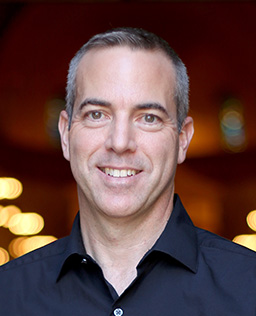3/10/2023
The Three Days
 Normand Gouin, Pastoral Minister of Liturgy and Music
Normand Gouin, Pastoral Minister of Liturgy and Music
March 10, 2023
 Normand Gouin, Pastoral Minister of Liturgy and Music
Normand Gouin, Pastoral Minister of Liturgy and Music
March 10, 2023
In just three short weeks we will gather in the chapel to celebrate Holy Week. The Paschal Triduum, called the very heart of the liturgical year, contains the most solemn celebrations of the Church year. Just as Sunday gives meaning to the week that follows, so the Triduum is the focal point and very center of the Church’s yearly cycle of feasts and seaons.1
The word Triduum, the celebration of the Lord’s passion, death and rising, means “three days.” In the biblical keeping of time, great days of celebration begin on the evening before the feast. Thus, the Triduum begins on Holy Thursday evening and ends with the liturgical celebrations on Easter Sunday.
After sunset on Thursday evening, we begin the three days with the celebration of the Lord’s Supper. In John’s version of the Last Supper, there is no account of the institution of the Eucharist but instead the powerful—some would say shocking—narrative of Christ’s washing his disciples’ feet and commanding them to do the same to one another. Here at the Paulist Center, we take this command seriously by inviting the entire assembly to come forward and wash one another’s feet. We know that St. Peter, himself, felt uncomfortable having Jesus wash his feet, and although you may feel uncomfortable too, we hope that you will consider taking part in this powerful ritual unique to the celebration of the Lord’s Supper on Holy Thursday.
We conclude the Mass of the Lord’s Supper with a solemn procession of the Eucharist to a separate chapel of repose (set up in our auditorium) where we are invited to keep vigil – to stay and keep watch with Jesus, meditating on his time of agony in the garden.
On Good Friday, we continue our solemn fast and gather once again to hear the story of Christ’s passion and death as told by John. We raise the Cross of Glory, and then come forward to adore and venerate the cross, one of the oldest devotions in the Church. It culminates with the Communion service and the removal of the Eucharist from the church. Then, the darkness sets in; the quiet overwhelms us; the time of vigil – the time of waiting – continues.
Our three-day celebration culminates with the Great Easter Vigil, which is actually four services. It brings us the Service of Light, the Liturgy of the Word, the Liturgy of Baptism, and then the Easter Vigil ends where the Triduum began on Holy Thursday – at the table, feasting together, in Communion with the One who has risen again, now, in us.
During these holy days we celebrate not only Christ’s Passover, but also – joined as we are to him – our own passover, for what we celebrate are not the historical moments of Christ’s life, but his saving mystery in which we participate. The symbols, rituals, music, stories that we experience over the three days, through this one continuous celebration, are our “anamnesis” – the remembering of our participation in Christ’s victory over death. May our experience of these solemn celebrations renew in us and our entire community a sense of mystery, wonder, faith, and hope, that in the words of St. Paul, “we too might walk in the newness of life.” (Rom 6:4)
1 The Three Days: A Liturgical Guide, Lawrence J. Johnson, page 11. © 2011, 2012, FDLC, Washington, DC.